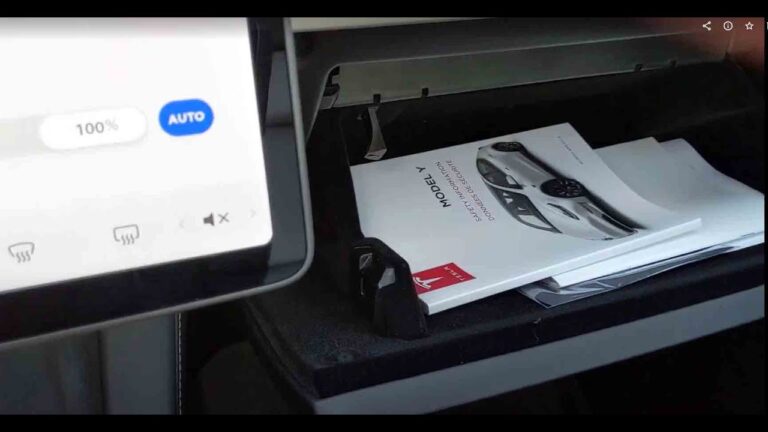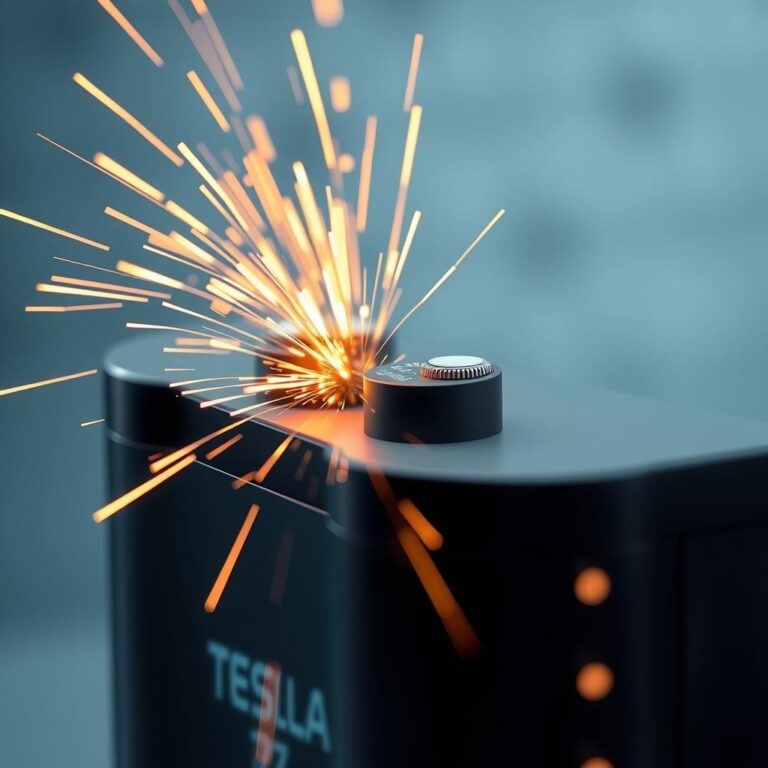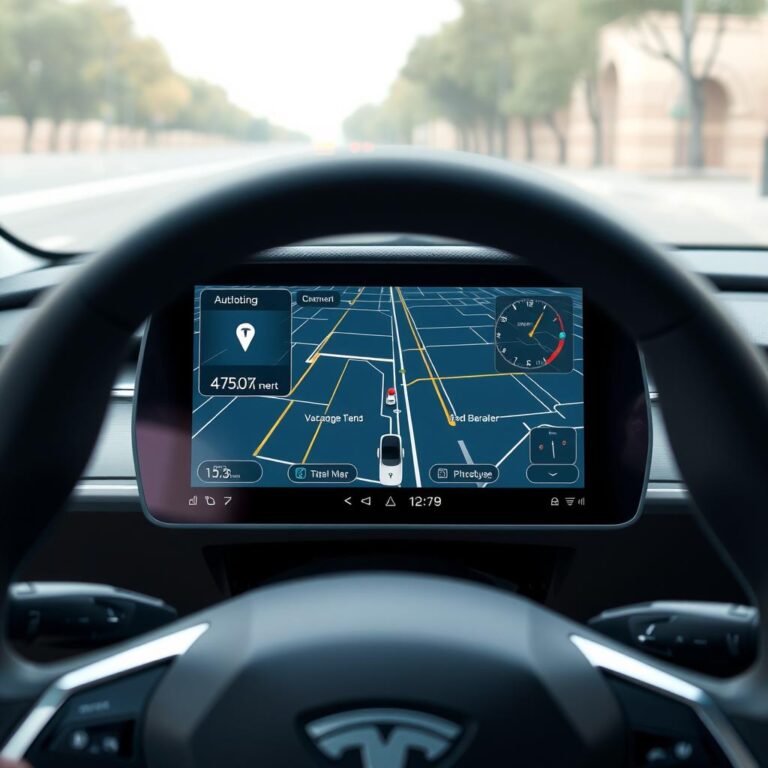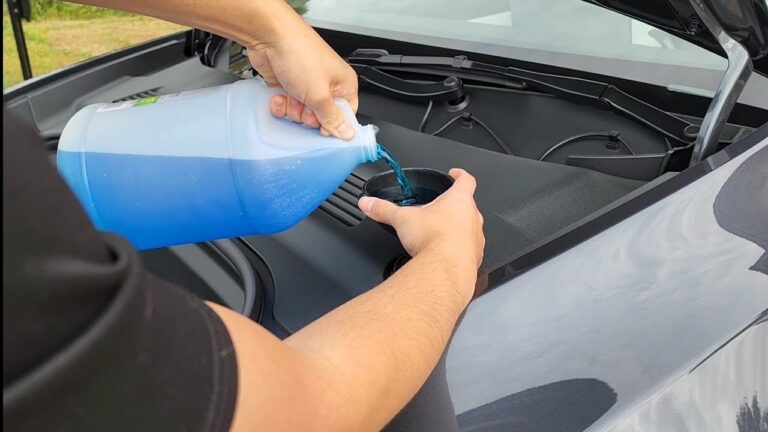Are Tesla Cars Autonomous?
Are Tesla cars autonomous? This is a question that’s been buzzing around for a while now. With Tesla pushing boundaries and their cars showing off some seriously impressive technology, it’s easy to get confused. But is Tesla’s self-driving tech really autonomous? Let’s dive into the world of Tesla, autonomous driving, and everything in between.
The Rise of Autonomous Cars
First, let’s start with the basics. Autonomous cars are vehicles that can drive themselves with little to no human intervention. They use sensors, AI, and machine learning to navigate and respond to their surroundings. But here’s the catch – Tesla’s self-driving technology isn’t quite at full autonomy yet. So, are Tesla cars truly autonomous? Not exactly.
Tesla’s Full Self-Driving (FSD) and Autopilot
Tesla has two main systems in its cars: Autopilot and Full Self-Driving (FSD). Both offer a level of driver assistance, but neither can be classified as fully autonomous. Let me break it down:
- Autopilot: Tesla’s basic driver-assist feature, which includes adaptive cruise control and lane-keeping assistance. It can take over steering, braking, and acceleration on highways, but you still need to pay attention and keep your hands on the wheel.
- Full Self-Driving (FSD): The upgraded version of Autopilot, which includes more advanced features like automatic lane changes, automatic parking, and the ability to navigate city streets. Tesla is working on refining FSD to handle more complex driving scenarios, but it’s still not perfect.
Now, here’s the tricky part. Even though Tesla promotes its cars as having autonomous features, they’re not fully autonomous. Tesla cars require the driver to remain alert and ready to take over at any time. So, while the car might steer itself or change lanes, you can’t just sit back and relax. You still need to be in control. But why is this the case?
Why Tesla Cars Aren’t Fully Autonomous Yet
The main reason Tesla cars aren’t fully autonomous is due to the limitations of the technology. Let’s break it down:
- Sensor Limitations: Tesla uses cameras, radar, and ultrasonic sensors to understand its environment. While this setup works well in many scenarios, it still struggles with certain situations, like poor weather conditions or unclear road markings. Fully autonomous cars, on the other hand, need to understand the world in every situation.
- AI and Machine Learning: Tesla’s AI is learning, but it’s not perfect yet. It’s constantly being updated and improved, but it still has trouble with certain complex scenarios like unprotected turns, construction zones, or understanding the intentions of other drivers.
- Regulatory Issues: Autonomous vehicles need approval from regulators, and the rules around self-driving cars vary from country to country. In the US, for example, Tesla’s FSD is only available to certain customers and is still considered a beta version.
These challenges are why Tesla cars can’t be considered fully autonomous just yet. But the company is pushing hard to get there. The question remains: how far are they from full autonomy?
How Close Is Tesla to Fully Autonomous Driving?
So, how close are we to seeing a fully autonomous Tesla on the road? While we’re not there yet, the good news is that Tesla is making significant progress. Let’s look at some of the steps Tesla is taking to improve its self-driving tech:
- Software Updates: Tesla regularly updates its software, adding new features and improving the performance of Autopilot and FSD. These updates happen over-the-air, meaning you don’t have to take your car to a service center. As Tesla continues to roll out more updates, the cars will get smarter.
- Data Collection: Tesla collects data from its vast fleet of cars on the road. This data helps the company train its AI and improve the performance of its self-driving system. The more data Tesla collects, the better its cars will get at driving autonomously.
- Beta Testing: Tesla has a group of customers using the beta version of Full Self-Driving. These customers provide feedback and report issues that help Tesla improve the system. While this is an important step, it also means that the technology is still in testing and not ready for widespread use.
At this point, it’s hard to say when Tesla will have a fully autonomous car. The technology is improving, but there’s still a long road ahead. So, while Tesla cars aren’t fully autonomous yet, they’re certainly headed in that direction.
What Are the Limitations of Tesla’s Autonomy?
If you’re thinking about getting a Tesla for its self-driving features, it’s important to understand the limitations. Tesla cars are fantastic at what they do, but they’re not perfect. Here are some of the most common issues:
- Handling Unpredictable Drivers: Tesla’s self-driving system does well in controlled environments, but it can struggle with unpredictable drivers. It’s great at following the rules of the road, but not so much at anticipating what other drivers will do.
- Weather and Road Conditions: As mentioned earlier, Tesla’s sensors can have trouble in bad weather. Fog, rain, snow, and even direct sunlight can affect the system’s performance. In these conditions, it’s important to stay alert and ready to take control.
- Unmapped Roads and Construction Zones: Tesla’s navigation system is constantly being updated, but it can still have trouble with roads that aren’t mapped or areas under construction. These situations require human intervention.
While these limitations are important to keep in mind, they don’t take away from the fact that Tesla is leading the charge when it comes to autonomous driving technology. They’re just not quite there yet.
Are Tesla Cars Safe to Drive Autonomously?
One of the biggest concerns people have about autonomous vehicles is safety. After all, you’re entrusting your life to a machine. So, are Tesla cars safe to drive autonomously? The short answer is: mostly. But there have been incidents where the system didn’t perform as expected.
While Tesla has a strong safety record, it’s important to note that human intervention is still required. Tesla drivers are encouraged to stay alert and ready to take control at any time. Tesla’s self-driving technology has been involved in accidents, though some of them have been attributed to driver error or misuse of the system.
In short, while Tesla’s self-driving features make driving easier and safer in many situations, they’re not perfect. It’s always a good idea to be vigilant and keep your hands on the wheel.
Conclusion: Are Tesla Cars Autonomous?
So, are Tesla cars autonomous? Not quite. While they offer some impressive self-driving features, they’re not fully autonomous. Tesla is making big strides in the world of autonomous driving, but there’s still a long way to go before we see fully self-driving cars on the road.
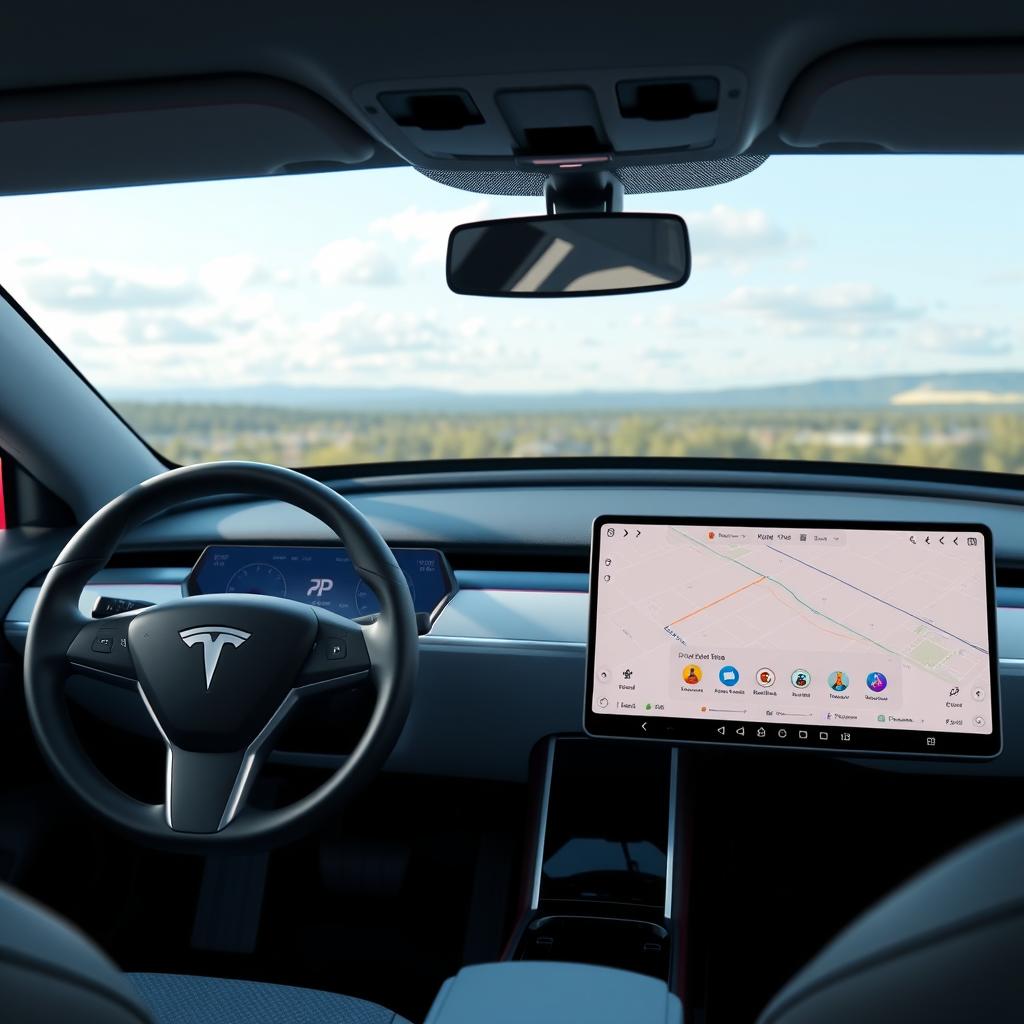
The Future of Autonomous Driving and Tesla
So, what’s next for Tesla? Where is the company heading in terms of autonomous driving? As of now, Tesla’s Full Self-Driving (FSD) feature is still evolving, and the company’s vision for the future is ambitious. Here’s what we can expect:
- More Software Improvements: Tesla is constantly working on improving its software. The company’s ability to push updates directly to its cars means that Tesla vehicles can get smarter over time. Expect regular updates that improve safety, add new features, and refine the overall self-driving experience.
- Integration with Other Technologies: Tesla isn’t just working on self-driving cars. The company is also working on technologies like robotaxis, which are fully autonomous vehicles that can operate without human drivers. This could completely change the landscape of transportation.
- Better AI and Machine Learning: The more data Tesla collects, the better its AI will become. As Tesla continues to refine its machine learning models, the system will get better at predicting and responding to a wider variety of driving scenarios.
The future of Tesla’s autonomous driving tech is looking promising, but it’s still going to take time to get there. For now, Tesla’s cars are leading the way in self-driving technology, but they’re not quite ready to take over completely just yet.
Should You Buy a Tesla for Its Autonomy Features?
If you’re thinking about buying a Tesla and are focused on its self-driving capabilities, it’s important to consider your needs and expectations. While Tesla cars are packed with innovative technology, they’re not fully autonomous. Here are some things to keep in mind:
- Level of Autonomy: Tesla’s Autopilot and Full Self-Driving features are impressive, but they’re not perfect. If you’re looking for a completely hands-off experience, you might want to wait until Tesla reaches full autonomy.
- Driver Responsibility: Even with Autopilot, you still need to stay alert and ready to take control of the vehicle. If you’re not comfortable with that level of responsibility, a Tesla might not be the right choice for you.
- Technology Updates: Tesla’s technology is evolving fast. Buying a Tesla now could mean that you get frequent updates that improve the self-driving features. But keep in mind that the car might not be fully autonomous for several years.
Ultimately, buying a Tesla is a personal decision. If you’re looking for cutting-edge technology, a Tesla is a great choice. But if you’re expecting a fully autonomous car, it’s important to understand that we’re not there yet.
Common FAQs about Tesla’s Autonomy
1. Can I let my Tesla drive itself?
While Tesla’s Full Self-Driving (FSD) is an advanced driver-assist feature, it is not fully autonomous. You still need to pay attention and be ready to take control at any time. Tesla’s system can handle many driving tasks, but it’s not perfect, and human oversight is required.
2. Will Tesla cars ever be fully autonomous?
It’s difficult to predict when Tesla will achieve full autonomy. The technology is improving, and Tesla is constantly working on updates. However, there are still challenges, such as sensor limitations, regulatory hurdles, and AI development that need to be addressed before fully autonomous driving becomes a reality.
3. Is Tesla’s Autopilot safe?
Tesla’s Autopilot system is generally safe, but it’s not foolproof. There have been accidents involving Autopilot, some of which were caused by driver error or misuse of the system. While the system is designed to assist the driver, it’s important to stay alert and keep your hands on the wheel at all times.
4. How does Tesla’s Full Self-Driving work?
Tesla’s Full Self-Driving system uses cameras, radar, ultrasonic sensors, and advanced AI to navigate and control the car. It can perform tasks like changing lanes, navigating intersections, and parking. However, it still requires human supervision, and the car may struggle in certain situations.
5. When will Tesla achieve full autonomy?
It’s hard to say when Tesla will achieve full autonomy. The company is making significant progress, but there are still challenges to overcome. While we may see more advanced self-driving features in the near future, full autonomy could still be years away.
Conclusion: Tesla and the Road to Autonomy
In conclusion, Tesla’s cars offer some impressive self-driving features, but they’re not fully autonomous just yet. While the company is making big strides toward autonomy, there are still hurdles to overcome. Tesla is constantly improving its technology, and in the future, we could see a world where fully autonomous Tesla vehicles are the norm. But for now, if you’re considering a Tesla, know that you’re getting some of the best driver-assist technology on the market — but you’ll still need to be ready to take control.
So, are Tesla cars autonomous? Not exactly, but they’re getting closer every day. Until then, enjoy the ride and keep your hands on the wheel!

